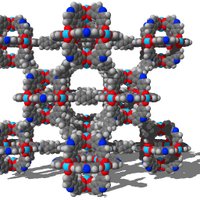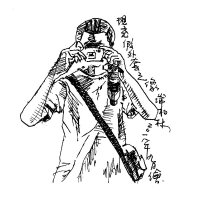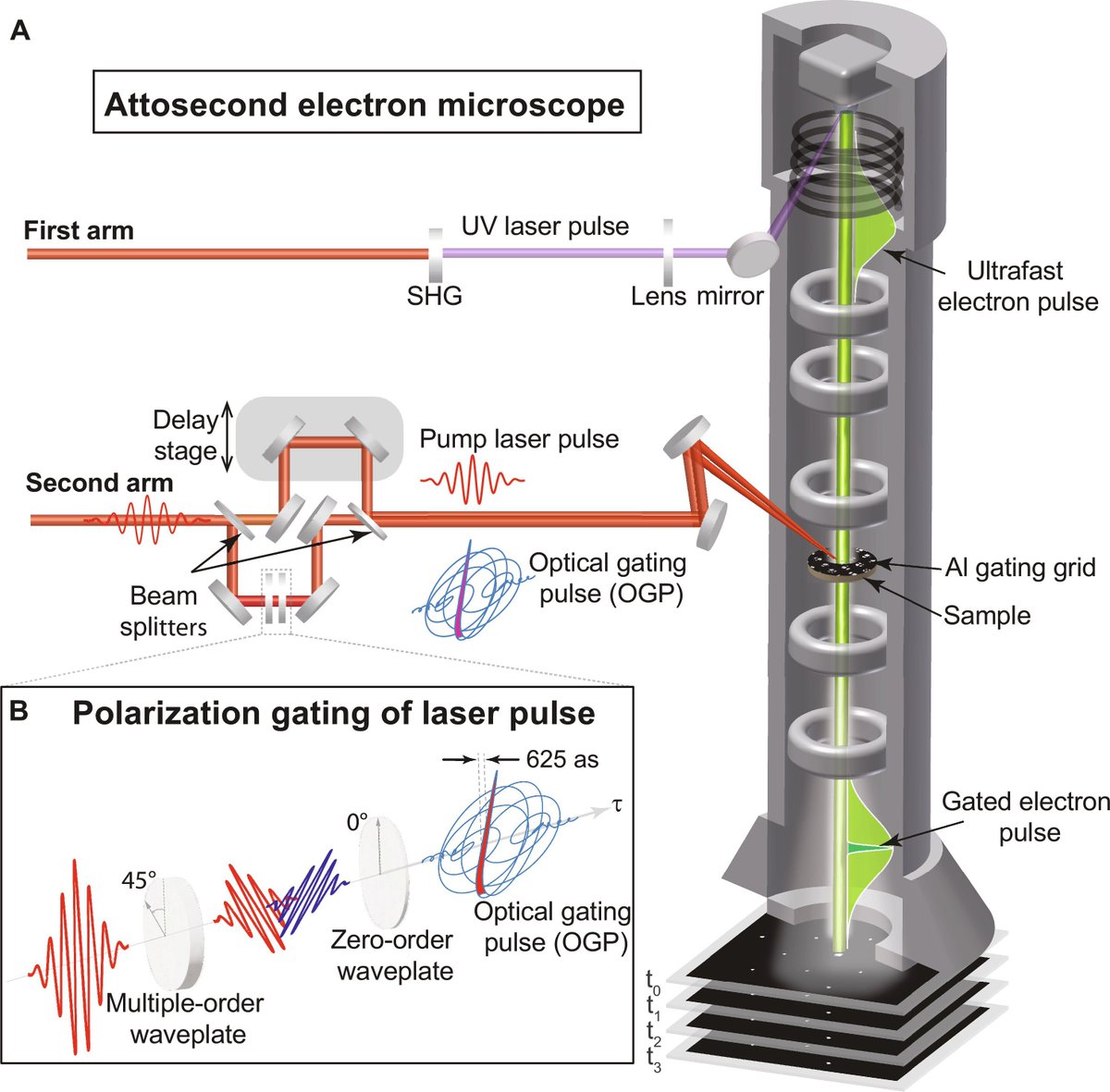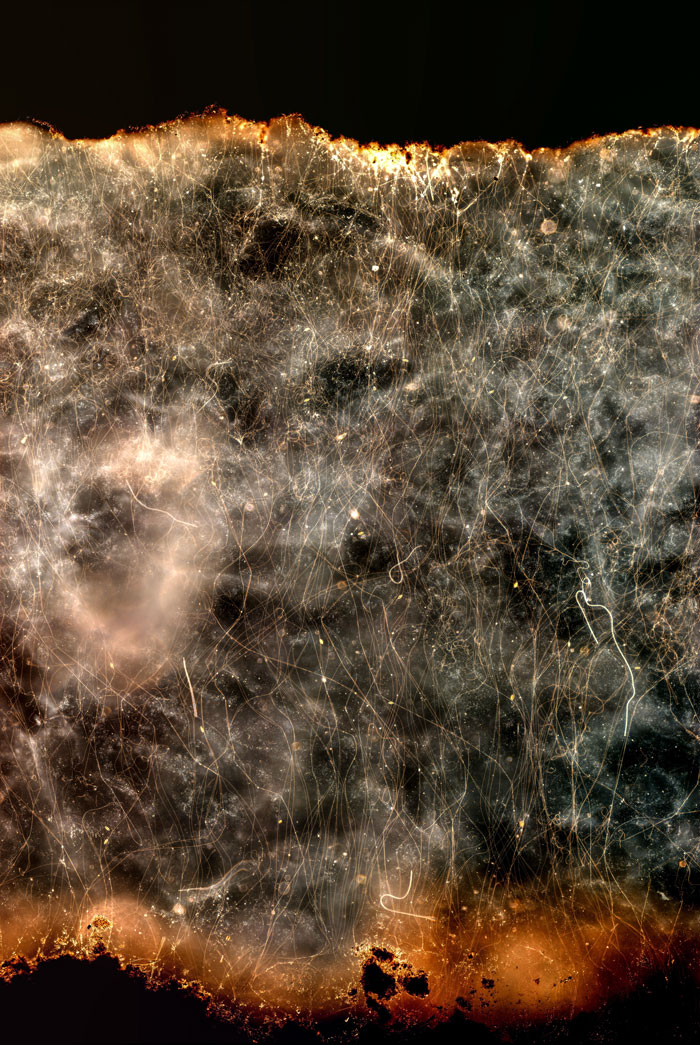
Prismo
@branchialspace
socially engineered
github.com/branchialspace
ID: 1255597271510638592
https://www.instagram.com/big_kuzushi 29-04-2020 20:38:32
19 Tweet
181 Followers
5,5K Following




Interested in learning how to form interlocked molecules that are not thermodynamically favored and therefore not accessible by standard passive template methodologies? Come and check this review written during my PhD now out in Chem Soc Rev 🤗 pubs.rsc.org/en/content/art…



📢Muratahan Aykol, Ekin Dogus Cubuk and colleagues from Google DeepMind introduce a computational approach to predict the most likely crystallization products from amorphous precursors, which has the potential to help with the synthesis of new materials. nature.com/articles/s4358…




#A quantum material has been found to naturally form one of the world’s thinnest semiconductor junctions—just 3.3 nanometers thick—opening new possibilities for ultra-miniaturized electronics. Nanoscale journal family doi.org/g9kst9 phys.org/news/2025-05-s…






